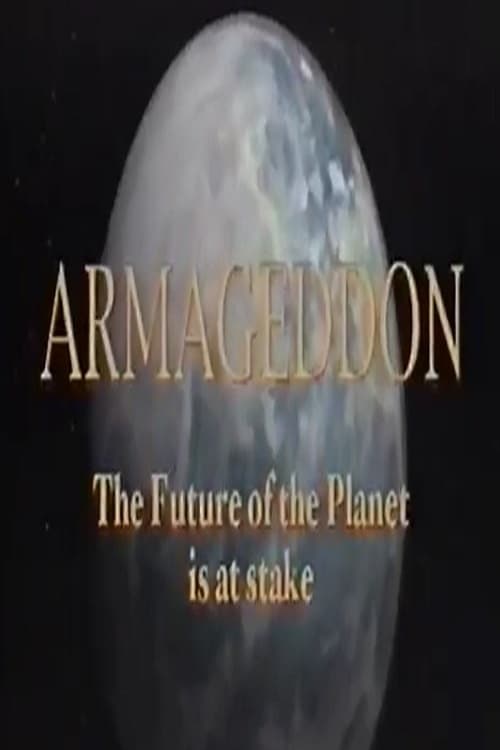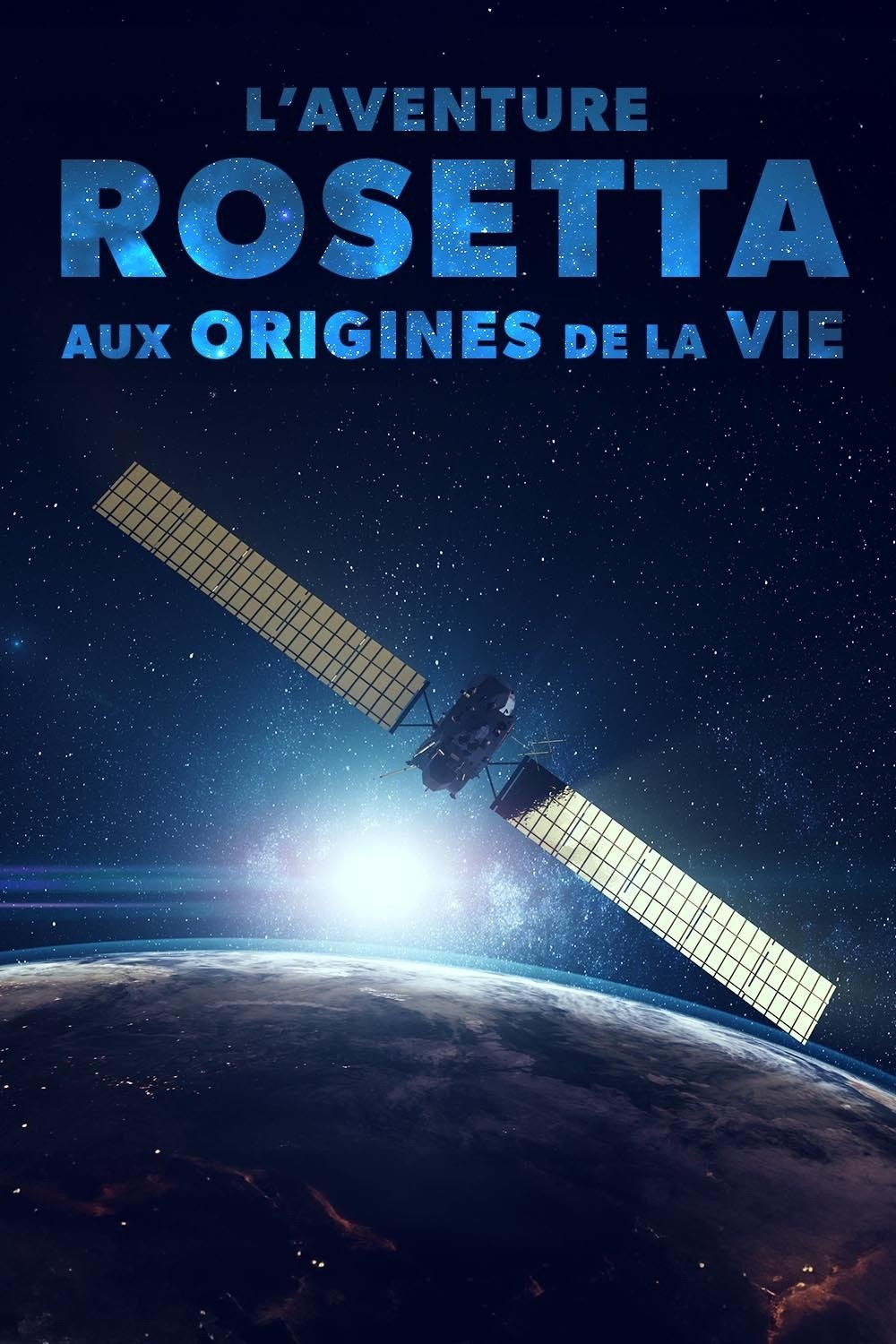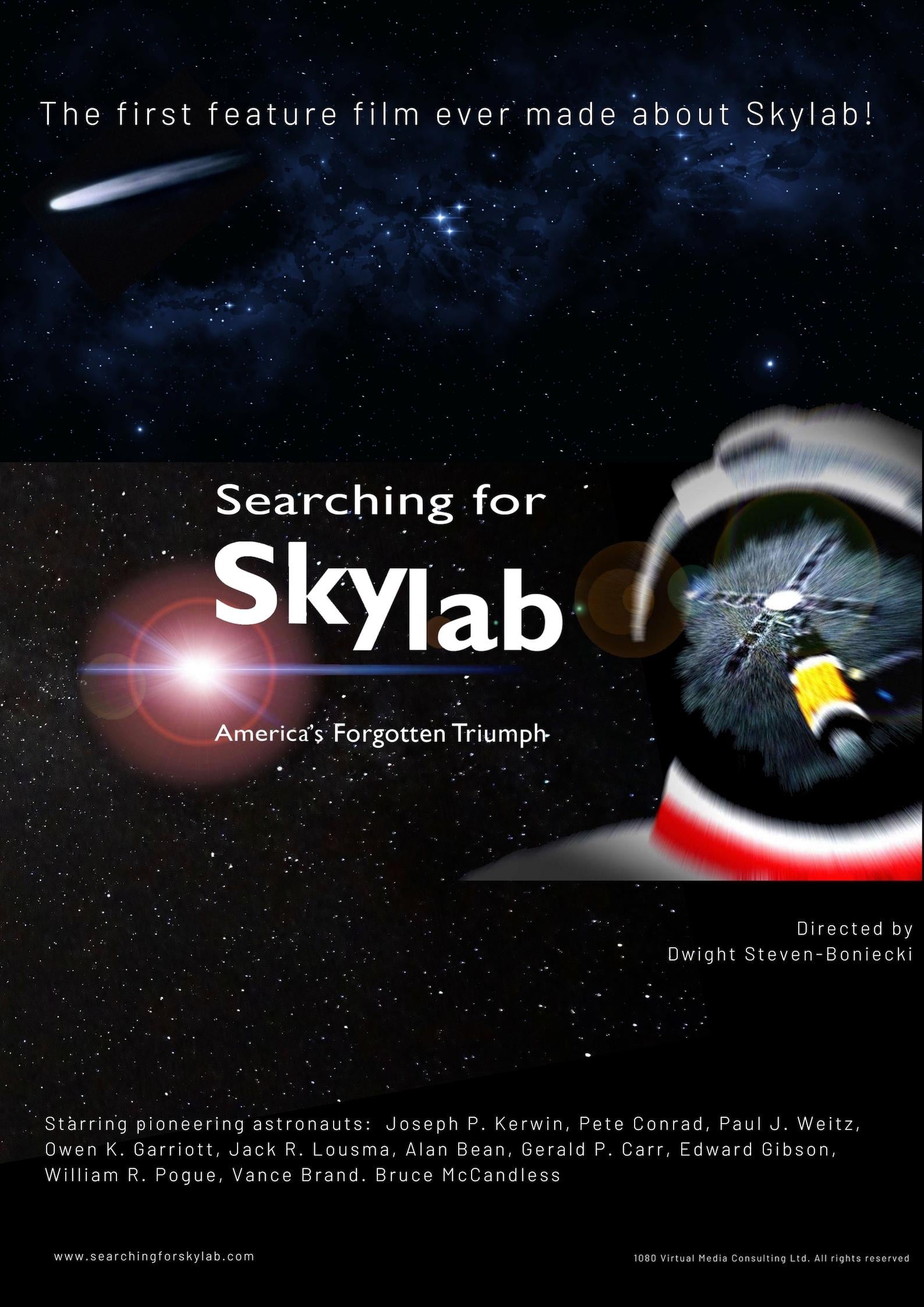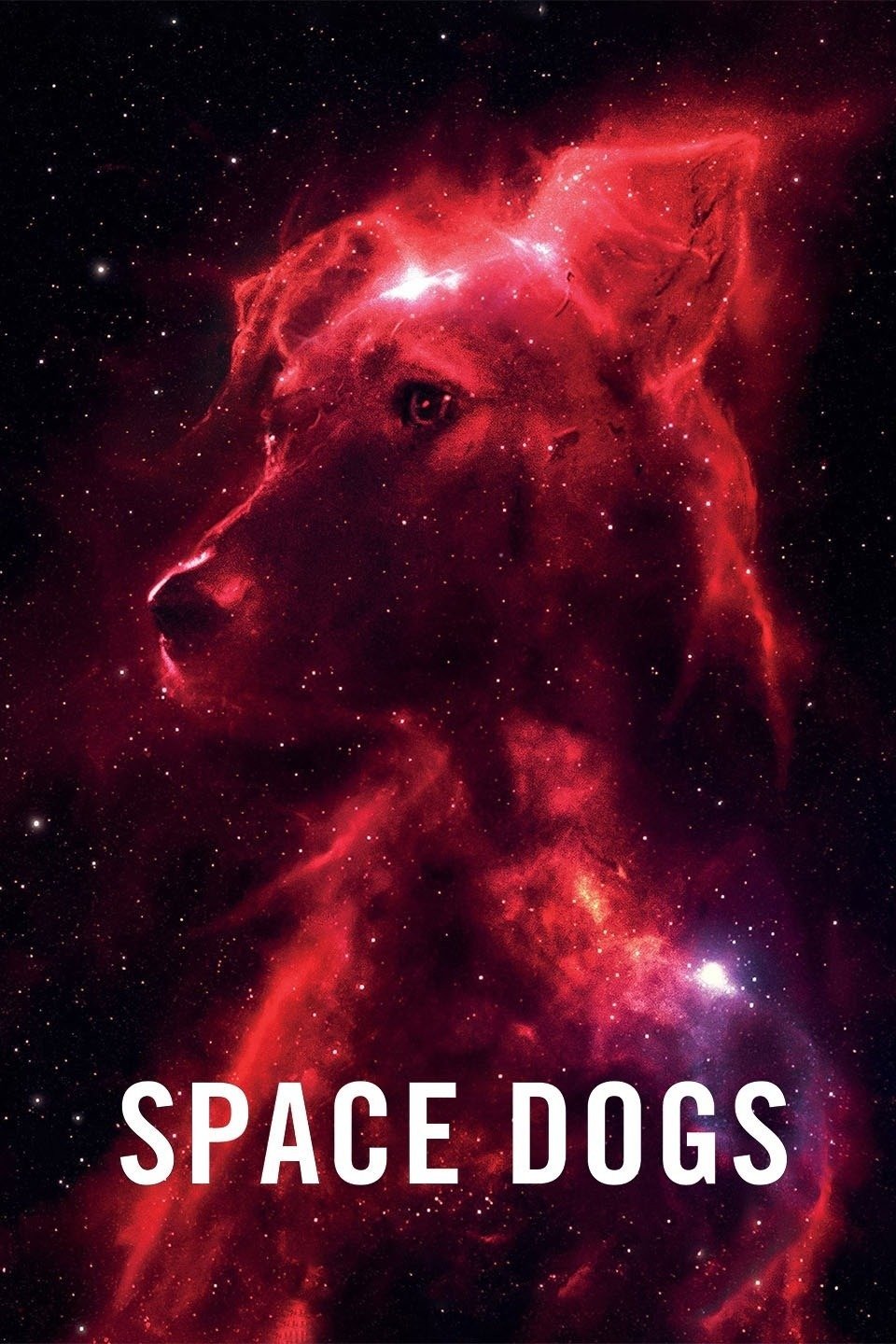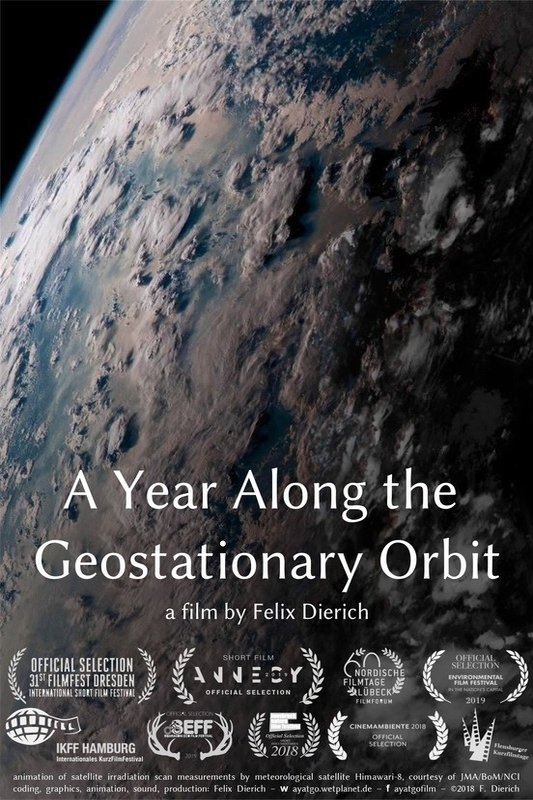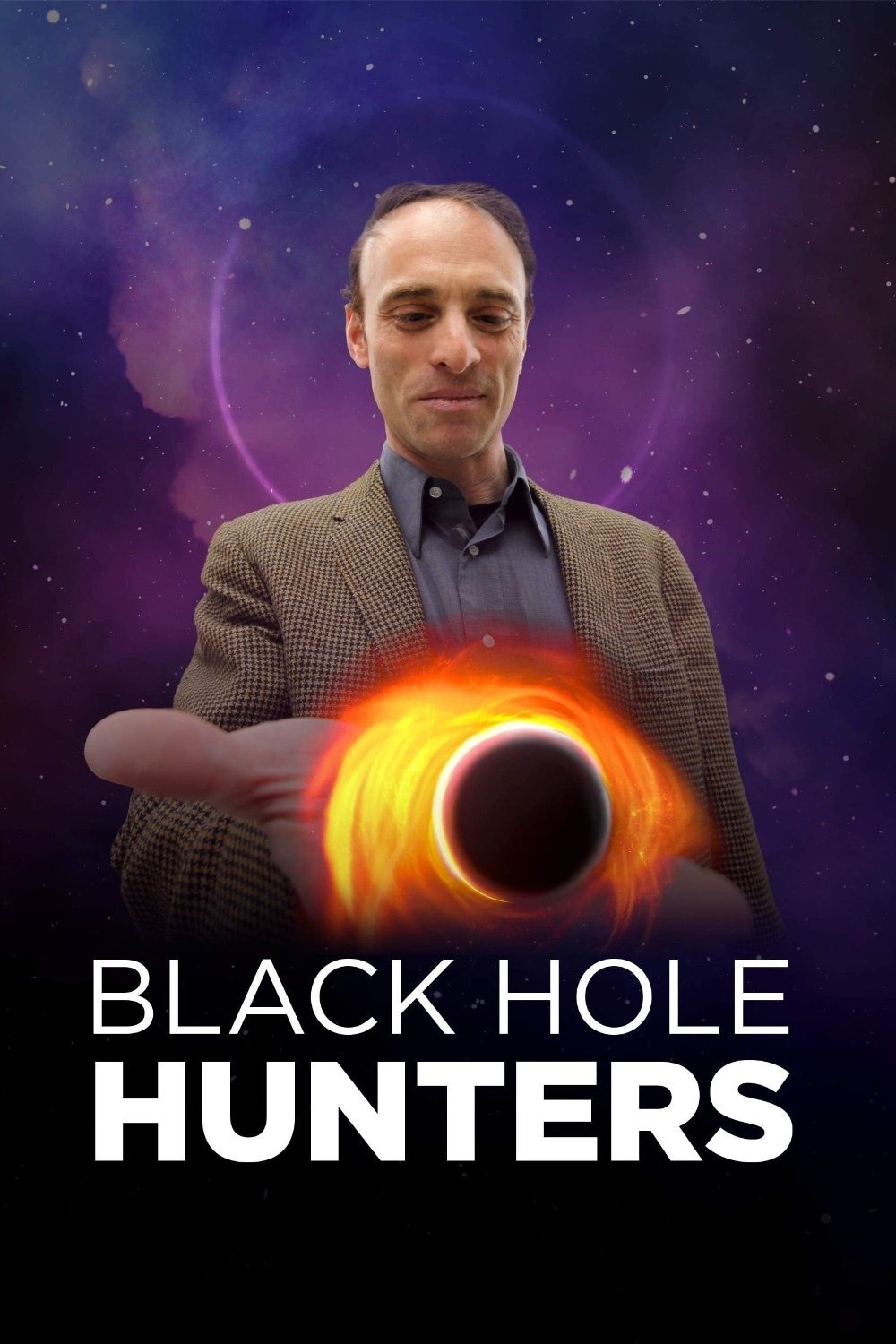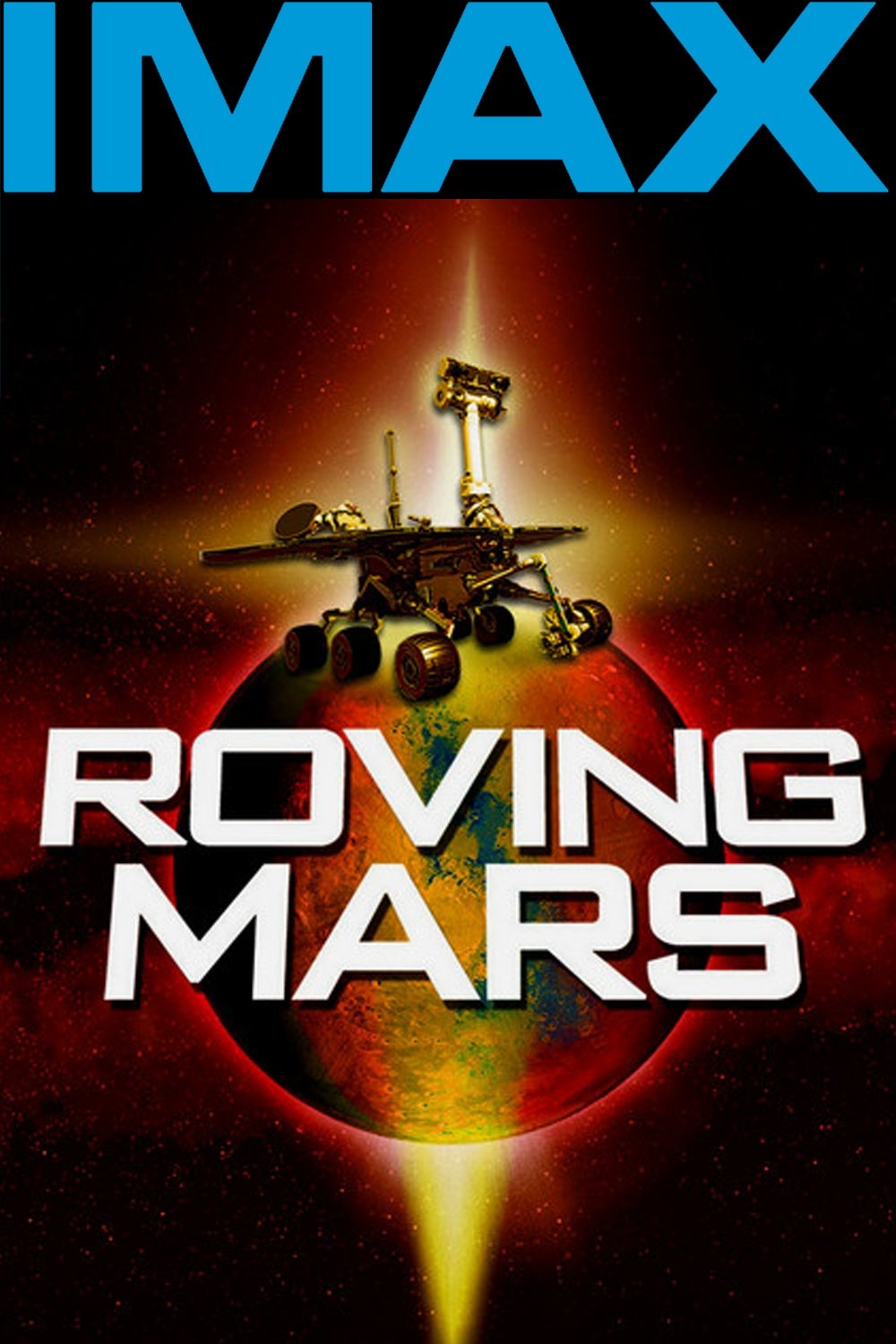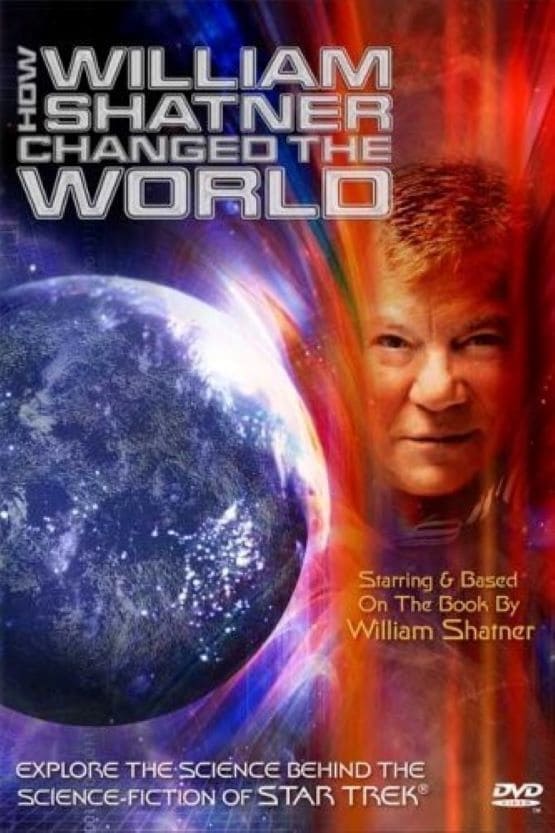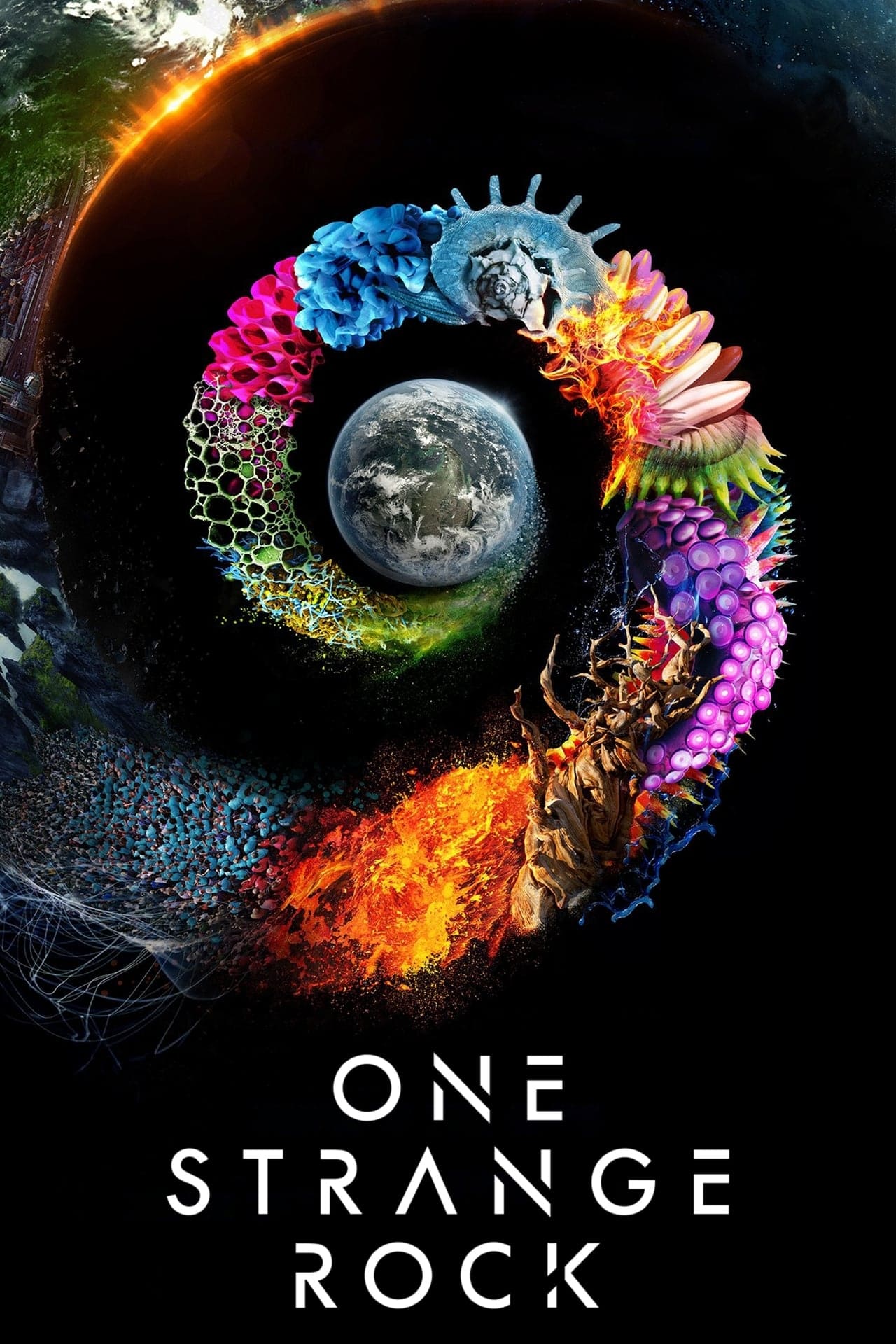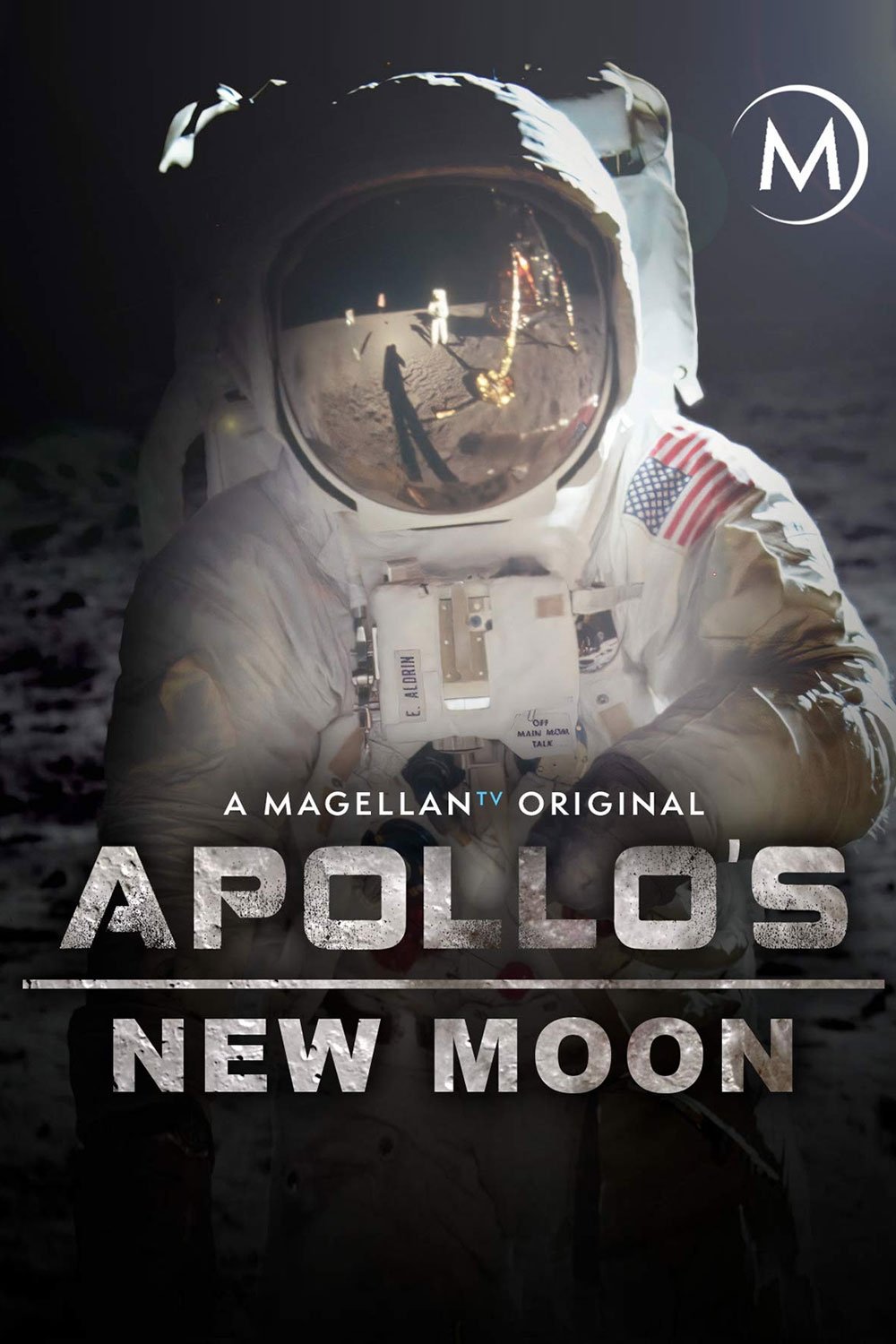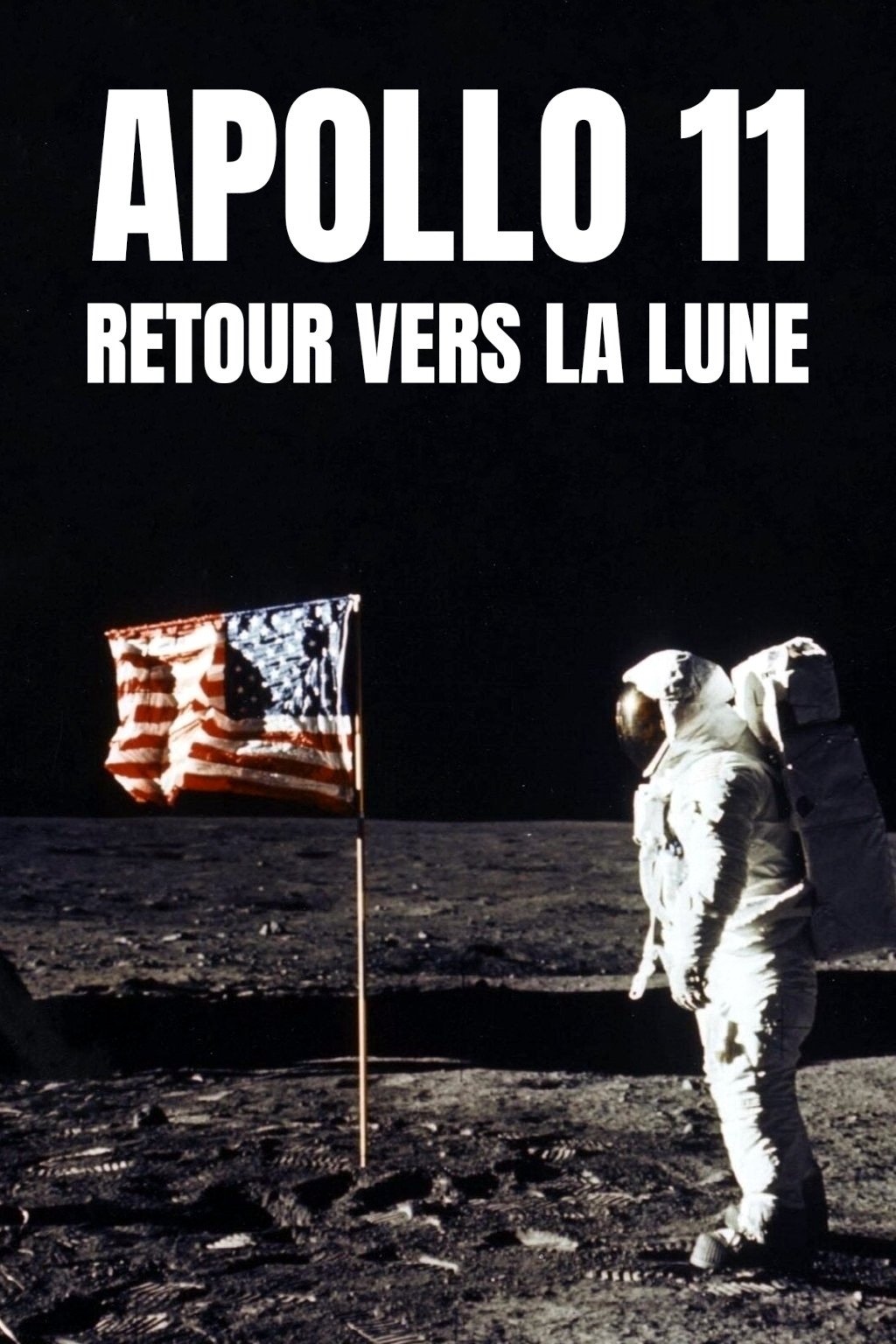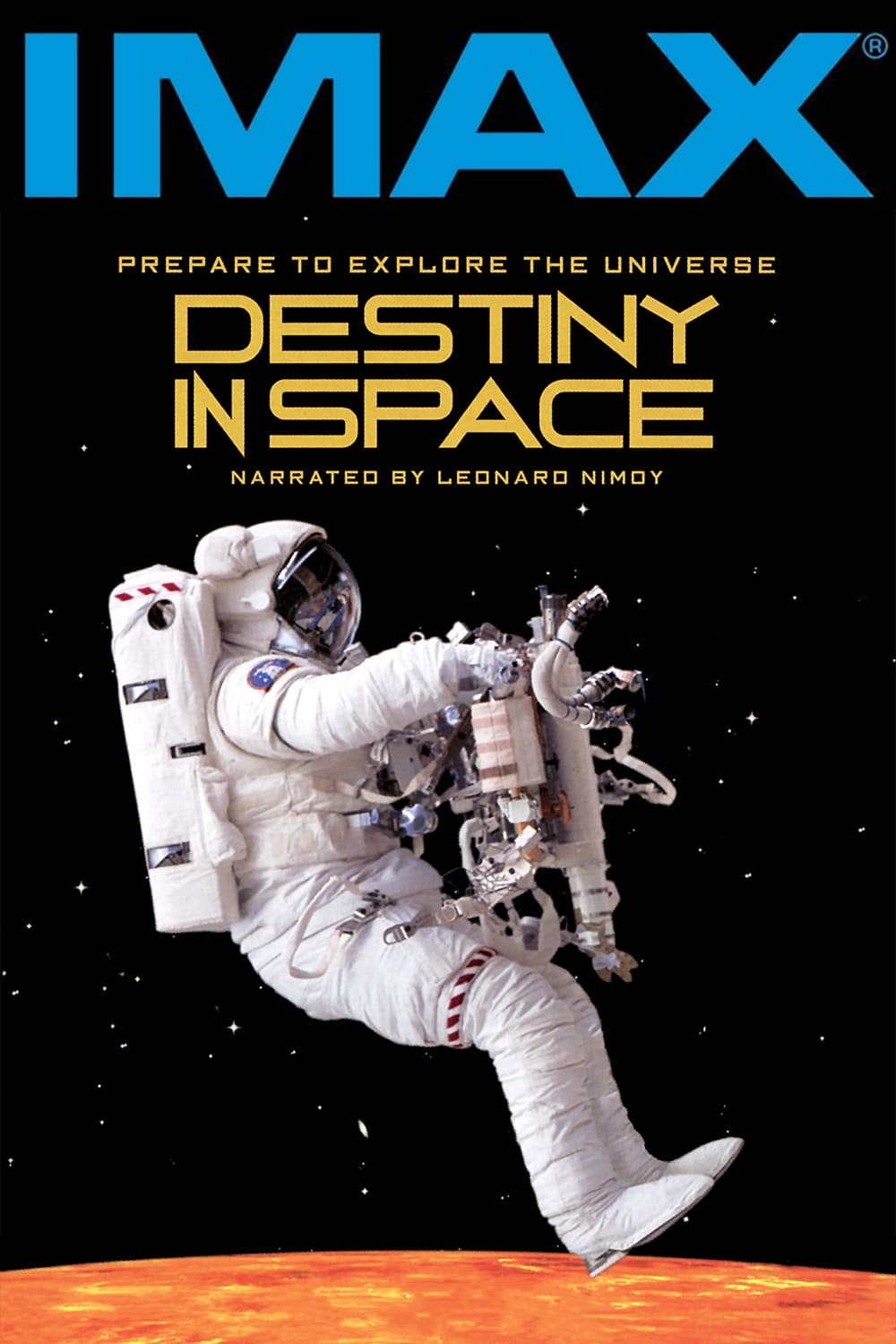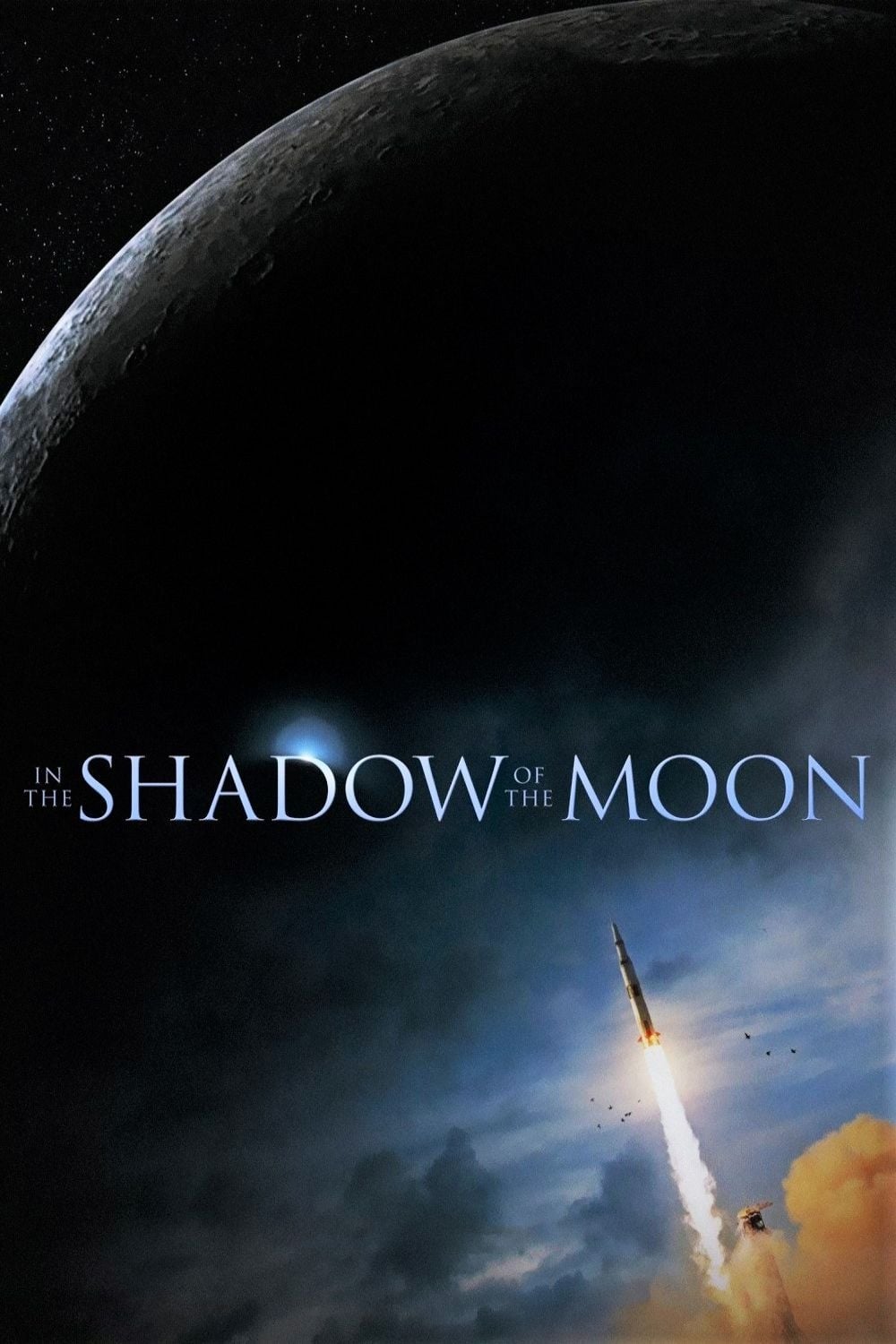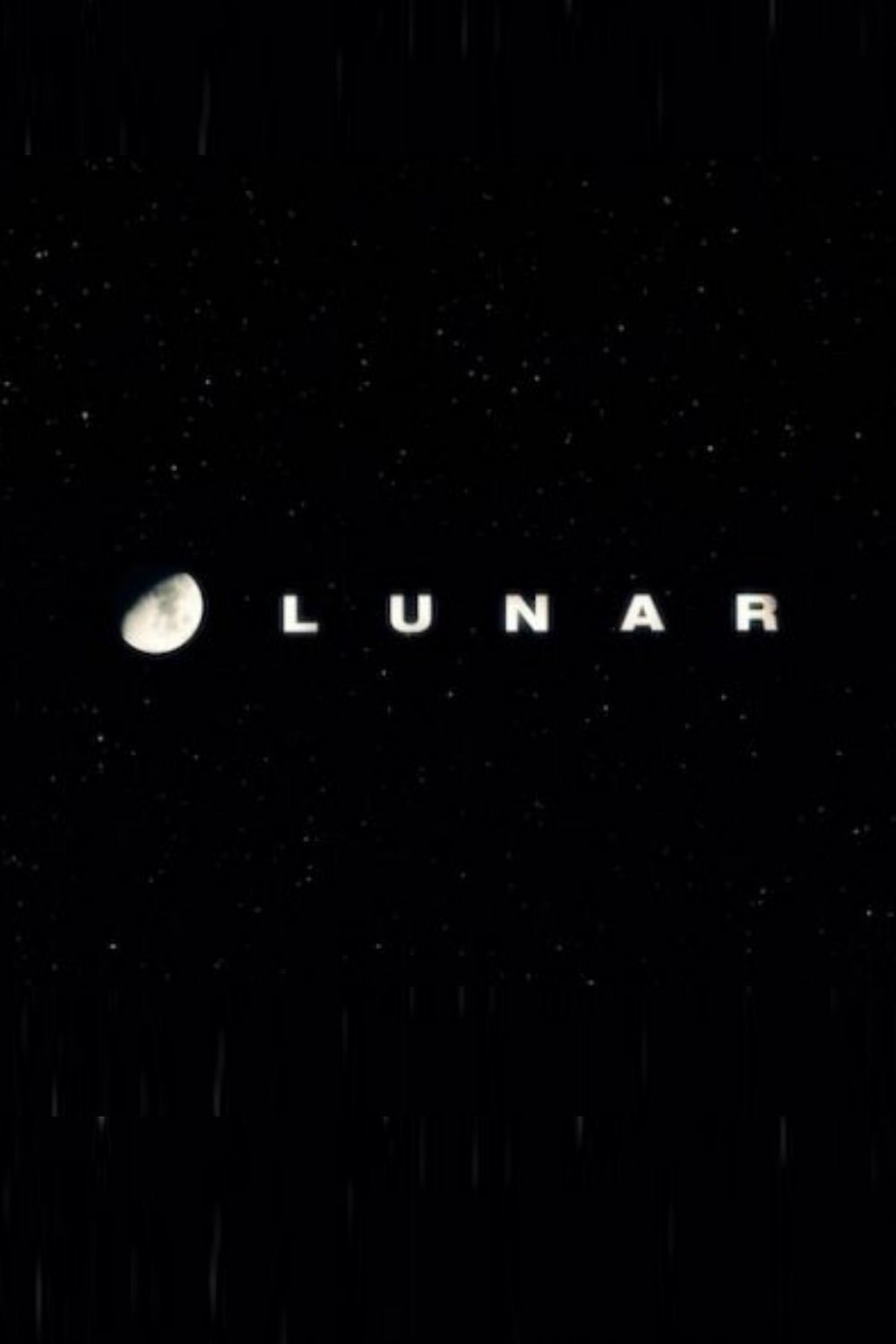Armageddon: The Future of the Planet is at Stake
1991
0h 48m
0.0(0 votes)
Documentary
Overview
The Future of the Planet is at stake by biblical brophecy to spaceborn calamity.
Links & Resources
Social & External
Production Companies
Cast & Crew
2 members
Acting
John Mayer
Narrator
No Image
Acting
Ronald Reagan
Self (archive footage)

Similar Movies
Recommended Movies

No Recommendations Yet
We're working on finding the perfect movies for you. Check back soon!
More movies coming soon
